West Bali: 5 Ways to Discover the Island’s Hidden Side
While crowds flock to southern Bali’s beaches and sea temples, the west is still off the tourist radar – despite being rich in culture, wildlife, and natural beauty. Find out the best things to do and places to explore in West Bali.
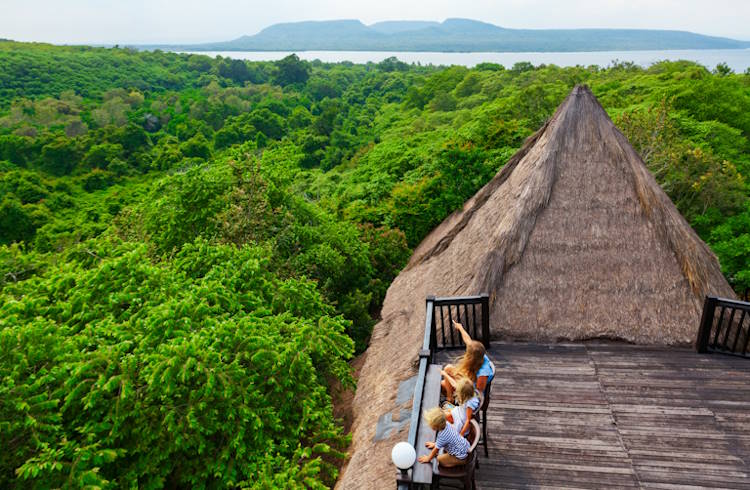 Photo © Getty Images / Bicho_raro
Photo © Getty Images / Bicho_raro
Bali these days has a reputation for being overdeveloped and overcrowded. Yet, few people realize the majority of that development is packed into a very tiny area – most of it within a radius of less than 1.5 hours’ drive from the airport.
To claim that Bali is overdeveloped is like flying into JFK, spending a long weekend in Manhattan and then complaining that there’s no greenery left in the USA.
Canggu – the western extreme of Bali’s heavily developed zone – lies an hour’s drive along the coast from Bali’s international airport. The traffic within this tiny area can be atrocious, it’s true, but explore just a few miles west of Canggu and you very quickly find yourself among paddy fields and rural communities where foreign faces are rarely seen.
The world-famous, UNESCO-protected rice paddies at Jatiluwih attract logjams of tour buses but there are mind-boggling expanses of paddies in West Bali (Soka, for example, or the terraces surrounding Negara city) that are almost unknown to the outside world. Keep heading west for an hour and you’ll find yourself swooping past plantations of coconut palms that thin in places to reveal deserted beaches and unsurfed waves. Less than 30mi (50km) from Canggu you’ll be astounded by the vast range of uninhabited jungle hills that, even today, cover about a tenth of the island’s total area. Welcome to Bali’s Wild West.
Here just five of the many unique experiences that can only be found in Bali’s least-known region.
- Walk with pink buffalo in Pekutatan
- Trek or dive at West Bali National Park
- See the world’s most vibrant fishing fleet at Perancak
- Visit secluded Balinese temples and churches
- Take one of the world’s most beautiful road trips
Walk with pink buffalo in Pekutatan
Wherever you go in West Bali you’ll be charmed by a warm welcome. The little town of Pekutatan, in Jembrana Regency, is one of the best places to experience traditional Hindu culture and one of the few places on the planet where you’ll still see (almost extinct) pink buffalo – yes, completely pink! – plowing the rice fields. When Pekutatan rice-farmer Pak Sudana invites visitors on a unique beach-walk with his small herd of pink buffalo the star of the show is always the unbelievably cute calf Pinkko.

Pak Sudana has found a sustainable way to conserve his small herd without selling them either for sacrifices (a common occurrence in rural Bali) or for exploitation in the brutal mekepung (buffalo chariot-racing) events that take place early most Sunday mornings in the paddies south of Negara city.
Trek or dive at West Bali National Park
Lying less than mile off West Bali’s extreme northern tip, Menjangan Island is certainly West Bali’s best-known tourism drawcard, luring snorkelers and divers with diverse marine life that includes turtles, reef sharks, barracuda, dolphins and even, at times, whale sharks.
Most visitors tend to arrive (often with tours run from the nearby dive-town of Pemuteran) for a quick half-day snorkeling session and then move on without ever realizing that West Bali National Park also has wonderful potential for land-based activities. You can go jungle trekking, explore by mountain bike, by car, or even on horseback and, if you’re in the company of a knowledgeable and experienced guide, you have an excellent chance of seeing some unique wildlife.
Large herds of sambar deer (known in Balinese as menjangan) – including majestic stags with towering antlers – are commonly seen browsing at the edge of the mangrove forests. They’re surprisingly tame and if you take a chance to stay at the lovely Menjangan Resort (one of only three properties within the park boundaries) you’re sure to come face-to-face with them.
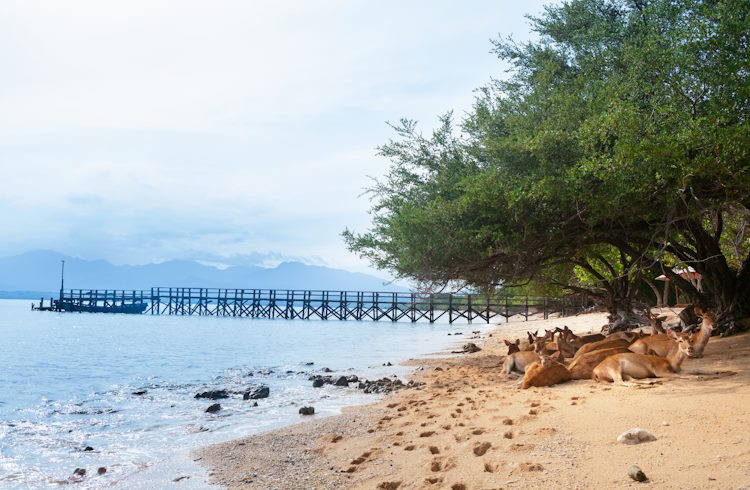
Along with the ubiquitous macaques there are also endemic Balinese ebony leaf monkeys (looking a lot like black gibbons), huge monitor lizards, civets, and giant black squirrels (big as domestic cats). You’re almost certain to see Bali starling, one of the world’s rarest birds and the island’s own ‘bird of paradise’ among the park’s still-growing list of 205 species.
See the world’s most vibrant fishing fleet at Perancak
The little low-key surf town of Medewi is the hub of West Bali’s southern coast. Few surfers heading to the main surf spot (known for its viciously jagged rocks) even take time to glance at the unique jukung fishing outriggers that tackle the pounding waves – sometimes even launching completely airborne.
But even these colorful boats, with their animistic carved deer-head effigies (known as menjangan) pale into insignificance next to the traditional fishing fleet at Perancak. With their ornately gaudy paintwork and ranks of propellers (often eight to a boat), these majestic 65ft (20m) vessels seem like brightly painted, day-glo Viking longboats.
It seems incredible that ‘the world’s most spectacular traditional fishing fleet’ (according to the Australian National Maritime Museum) lies at anchor just 40mi (64km) from Bali’s tourist heartland and yet you’ll rarely ever see a visitor here. More than 100 of these selerek – all moored in pairs since they operate in what are described as ‘husband and wife’ teams – are often found at anchor the river inlet at Perancak and at the nearby Pengambengan harbor.
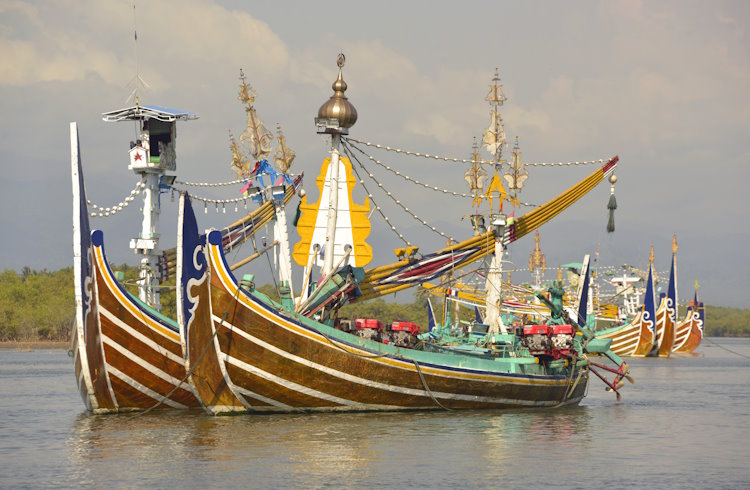
Visit secluded Balinese temples and churches
The great ‘Sea Temples’ of Bali are among the most iconic sights on the island. Uluwatu and Tanah Lot are instantly recognizable thanks to a million dramatic sunset selfies, but West Bali’s Rambut Siwi commands even more spectacular views along more than 10mi (16km) of deserted beach. The best thing is that (unless there’s a typically vibrant and exciting odalan ceremony) you’re likely to enjoy sunset here in complete solitude.
Legend has it that the Javanese high priest Danghyang Nirartha passed this way sometime in the 16th century and cured a terrible epidemic. When local inhabitants begged him to stay the priest left them a lock of his hair as protection. The hair (rambut) is considered sacred (siwi) and remains locked in a special shrine at Rambut Siwi Temple to this day.
While the region is predominantly Hindu, large Muslim communities (specifically around Medewi, for example) add their own culture, cuisine, and traditions to the fascination of a trip through West Bali.
There’s also the Brahma Vihara Arama Buddhist monastery (like a miniature Balinese Borobudur) and, in the predominantly Catholic community of Palasari (a hour’s drive west of Rambut Siwi), you find The Sacred Heart of Jesus Church. Built in 1958,a this unexpectedly immense church (with a congregation that’s said to number 1,300) is a curious mix of Dutch and Balinese architectural influences.

Take one of the world’s most beautiful road trips
Only one road cuts north to south through the West Bali jungle. Connecting Pekutatan on the south coast with Seririt on the north, it is surely one of Asia’s most beautiful roads. It’s best to start the drive at dawn to enjoy views of sunrise over Batukaru Mountain. On the western side of the road, mist rises out of jungle valleys that are still home to herds of wild pigs, flying foxes, wreathed hornbills (Bali’s biggest bird) and occasional rumors of (officially long extinct) Bali tigers.
The road climbs steeply from the south through forest of cacao (chocolate), rubber, and cloves. You’ll notice strange towers where domesticated swiftlets are farmed (harmlessly) for their edible nests. The sacred tree known as Bunut Bolong forms a tunnel right over the road that’s big enough for cars, and even lorries, to pass through. Just to be on the safe side, you might want to copy local drivers and salute the spirits with a polite toot-toot on the horn as you pass through.
From here you climb onward through fruit orchards (rambutan and durian) and coffee plantations until the road starts to descend towards the unexpectedly arid north coast where you’ll see cactus, dragonfruit, cashew plantations, sugarcane, and even vineyards.
You’ll realize that on this northern coast, too, West Bali has a lot of surprises in store.
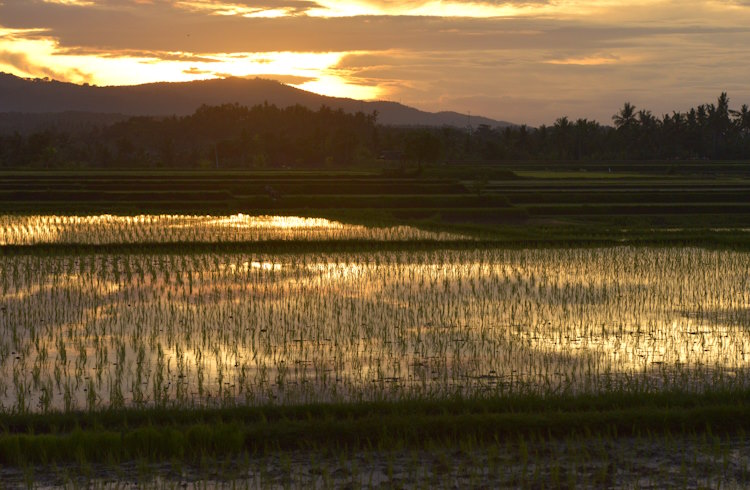
Trip notes
How to get there/get around
The journey out to West Bali is short but Java-bound traffic on the main road can be intense. Hiring a scooter is cheap and convenient but don’t underestimate the journey. Unless you have a lot of experience it’s wisest to find a reliable local driver and rent a scooter upon arrival.
Where to stay
Tourism is in its relative infancy in West Bali but you can still find excellent accommodation to suit all budgets, from dorms and simple cold-water backpacker rooms to high-end resorts and designer hideaways. For ideas see www.WestBali.net.
Best time of year to go
Rainy season typically runs from November to March but there’s really no bad time to be in West Bali. Even at the height of the rains, showers tend to be short, sharp, and dramatic and are typically interspersed with blissful spells of tropical sunshine.
Permits for West Bali National Park
You need to pay conservation fees for all activities in the park (currently US$12 / Rp200,000) and guides are necessary for all activities. Mohamed Idriss (WhatsApp +62 823 4018 5768) is the best point of contact to arrange activities – whether land- or water-based – in the park.
Related articles
Simple and flexible travel insurance
You can buy at home or while traveling, and claim online from anywhere in the world. With 150+ adventure activities covered and 24/7 emergency assistance.
Get a quote
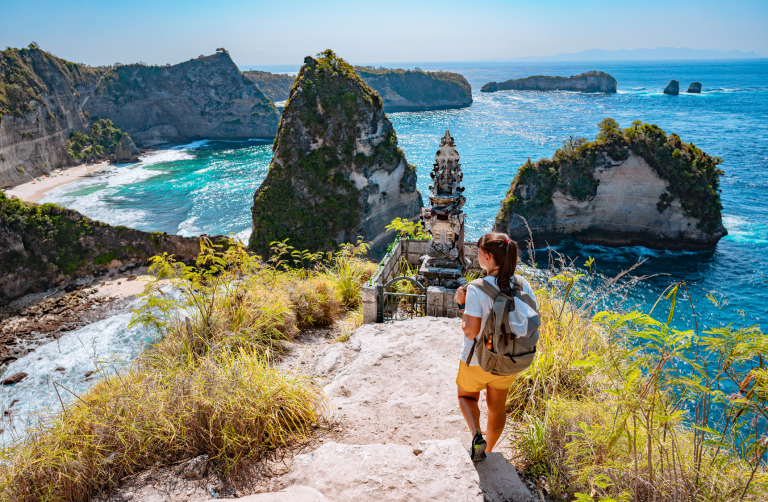

No Comments